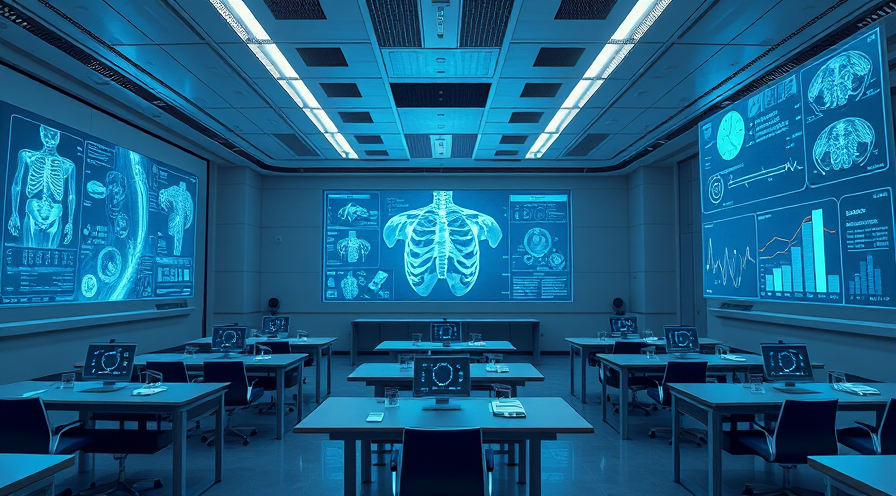The USMLE STEP 1 exam is a critical milestone for medical students aspiring to practice medicine in the United States. As medical education evolves, so do the expectations and structure of the USMLE STEP 1 recall questions. In the year 2025, candidates can expect a mixture of traditional multiple-choice questions and innovative formats that test not only their knowledge but also their ability to apply it in clinical scenarios. This article aims to guide prospective examinees on what to expect and how to prepare effectively for the 2025 rendition of the
shedding light on the exam dynamics, question patterns, and preparation strategies.
The Evolution of USMLE STEP 1
USMLE STEP 1 has undergone significant changes over the years, evolving from a purely knowledge-based test to one that assesses the application of basic science in clinical situations. This shift reflects a broader trend in medical education that emphasizes critical thinking and problem-solving skills. As the medical landscape changes, so too must the approach to testing future physicians.
The 2025 USMLE STEP 1 exam is expected to follow this trend, incorporating questions that challenge students to integrate knowledge from various disciplines. This evolution aims to better prepare students for the complexities of modern medical practice.
Understanding the Structure of the Exam
The USMLE STEP 1 exam comprises several sections designed to evaluate a candidate's grasp of medical sciences and their application in patient care. The exam format is primarily multiple-choice, with each question presenting a clinical vignette followed by several answer choices. With the recent changes, students can expect new question types that may include:
- Multiple true-false items
- Extended matching questions
- Clinical reasoning assessment scenarios
These variations aim to test a candidate's ability to synthesize and apply information rather than relying solely on rote memorization.
Clinical Vignettes
Clinical vignettes have become a cornerstone of the
exam, particularly as the exam shifts focus towards assessing clinical reasoning. These questions provide a description of a patient scenario and require the candidate to identify the underlying pathology, diagnostic method, or appropriate treatment.
For example, a vignette may describe a patient presenting with symptoms indicative of myocardial infarction. The examinee might be asked to select the most appropriate next step in management or identify the primary risk factor associated with their condition. This format assesses one's ability to apply foundational scientific knowledge to real-world clinical situations.
Strategies for Success
With the changing structure and question types, preparing for the USMLE STEP 1 in 2025 requires strategic planning and effective study methods. Students should focus on the following areas:
Comprehensive Knowledge Review
A robust understanding of core subjects like anatomy, physiology, pharmacology, and pathology remains essential. Students should emphasize conceptual mastery and integrate their knowledge across traditional boundaries, making connections between various medical disciplines.
Clinical Application
Given the exam's emphasis on clinical vignettes and reasoning, candidates should engage with materials that simulate patient care scenarios. Resources such as clinical casebooks, practice questions, and interactive learning platforms can aid in bridging the gap between theoretical knowledge and practical application.
Active Learning Techniques
Adopting active learning techniques can significantly enhance retention and application skills. Techniques include:
- Flashcards for quick recall
- Group study sessions for discussion and debate
- Simulated exams under timed conditions
These strategies can help in building confidence while also addressing weaknesses in understanding.
Insights from Successful Examinees
Learning from those who have successfully navigated the USMLE STEP 1 is invaluable. Common practices among high scorers include:
- Consistent, scheduled study routines to maintain momentum
- Utilizing a variety of resources, including review books and online platforms
- Focusing on high-yield topics to maximize efficiency
- Regular self-assessment to monitor progress and adjust strategies accordingly
This combination of regular review and adaptability can significantly impact one's performance on the exam.
The Role of Technology in Preparation
Technology continues to play an ever-growing role in preparation for the USMLE examinations. Various educational technologies are available to support efficient study habits and enhance learning outcomes.
Online Question Banks
These platforms provide a wealth of practice questions that mirror the format of the actual exam. They are invaluable for identifying strengths and weaknesses, offering explanations that reinforce learning through practical examples.
Interactive Platforms
Interactive platforms, including apps and online courses, offer learning beyond traditional textbooks. Virtual simulations and interactive modules present complex concepts in digestible formats, catering to a range of learning styles.
Concluding Remarks
Understanding the dynamics of the USMLE STEP 1 exam and its shift towards integrating basic sciences with clinical reasoning is crucial for achieving success. By strategically preparing through a comprehensive knowledge review, engaging actively with clinical scenarios, and utilizing technological resources, candidates can navigate the demands of the 2025 exam format confidently.
Prospective examinees are encouraged to remain adaptable, continuously honing their approach to preparation, and considering the advice of successful predecessors. With the right preparation and mindset, succeeding in the USMLE STEP 1 can be a rewarding stepping stone on the path to a promising medical career.
For more resources and insights on USMLE STEP 1 preparation, consider reaching out to educational platforms or joining study groups dedicated to enhancing examination strategies.

